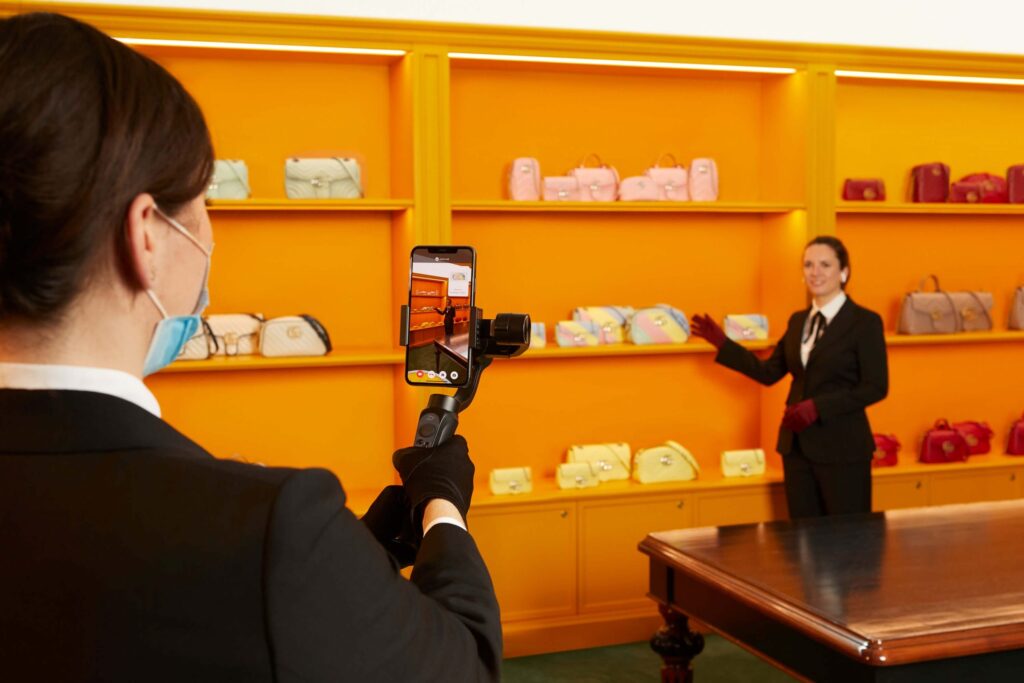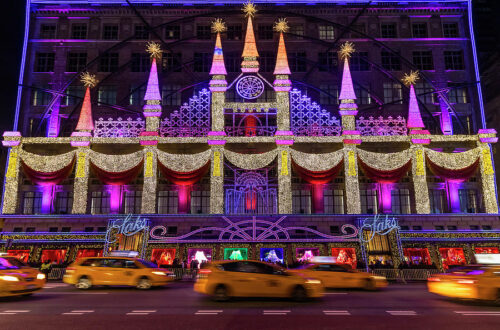Last month, Gucci dethroned sportswear giant Nike as the world’s hottest brand according to fashion shopping platform Lyst. Initially, some people may be surprised to discover the presence of a non-luxury brand, Nike, on this list, considering the remaining top ten is packed with major luxury houses such as Prada and Balenciaga. Nike’s highly prolific marketing strategy, exclusive collaborations and its sharp focus on consumers’ needs have certainly contributed to the creation of the global powerhouse that it is today. Despite the fact that Nike is not a traditional luxury brand it has adopted certain characteristics of the luxury industry that have contributed to the strength of the brand today. For example, Nike takes great care of the customer experience in its brick and mortar stores and has recently offered customers the opportunity to make one-on-one appointments with staff. How was Gucci crowned the world’s hottest brand over Nike? As a brand, Gucci is setting new standards in the fashion and luxury industry and as a result Gucci’s revenues have risen from €3.8 billion in 2015 to €9.6 billion in 2019, leaving its competition behind awe-struck. Astonishingly, a 2018 survey found that a little less than a third of all Americans owned a fashion item or accessory from Gucci.
A key driver of Gucci’s extraordinary triumph has been their success in winning over the most demanding consumers today: Millennials and GenZ. Whilst many other luxury brands have struggled to reach out to this generation, according to data from Gucci, 62% of the brand’s $9.6 billion in sales in 2019 came from consumers 35 and under, and the brand’s fastest-growing segment is consumers 24 and under. GenZ and Millenials have a new and different meaning of what value is in a product. These buyers value ethics, transparency and sustainability in brands. Gucci was one of the first luxury houses to recognize the power of this generation and aligned its brand management and marketing accordingly. Gucci has taken important action in the area of sustainability; setting up an environmental program Gucci equilibrium. More recently, Gucci announced that it was partnering with online marketplace The RealReal, making it one of the largest luxury brands to support the secondary clothing market. This move from Gucci is definitely part of its strategy to win over younger consumers and work to reduce its carbon footprint by embracing new ideas around circularity. In addition, demand for bespoke or limited-edition collections is highest amongst Millenials and GenZ. Gucci has also been able to attract a younger cohort through its various collaborations with other popular brands, for example North Face.

The global pandemic truly emphasized the importance of digital media as a tool of communication and Gucci’s embrace of digital technologies has helped it to surpass other luxury brands. In July, Gucci live streamed its Epilogue collection and worldwide views exceeded 35 million – making it the brand’s most watched digital event ever. Gucci is the first legacy luxury brand to behave as a “digital native,” integrating digital media and the in-store experience to create a truly omnichannel experience. In this way, they have been able to create a stronger connection with their consumers. Gucci joined TikTok in February and allowed customers to dress virtual avatars in Gucci via a collaboration with tech company Genies. Not only is Gucci using new technologies to enhance the customer experience for example, allowing customers to virtually try on sneakers, they are also implementing artificial intelligence in different parts of their business to leverage data generated by their consumers. Through this, they will truly be able to understand their customers behavior.

Gucci has become the mind-blowing success story in the luxury fashion world by breaking away from the traditional mold of the luxury industry and setting its own new and improved standards. As mentioned above, Gucci’s recent embrace of resale came as a shock to many as other luxury brands have historically loathed the secondary market (for example, Chanel, which has an ongoing lawsuit against The RealReal). Gucci has shattered the brand guidelines of the luxury industry – their logo has been twisted, flipped and even graffitied. In an unprecedented move in 2016, creative director of Gucci, Alessandro Michele, invited a graffiti artist to collaborate in Gucci’s fall collection – this unlikely move from a luxury house spoke volumes about Gucci’s forward thinking strategy. Luxury brands have been less keen to embrace digital media in their business models and Gucci’s industry leading Internet strategies will certainly help propel its growth further in the future. However, this also presents a difficult balancing act for the luxury firm and we have to wait and see how Gucci will continue to maintain their exclusivity as a luxury brand whilst widening their consumer access through digital media.
by Camilla Groeller






